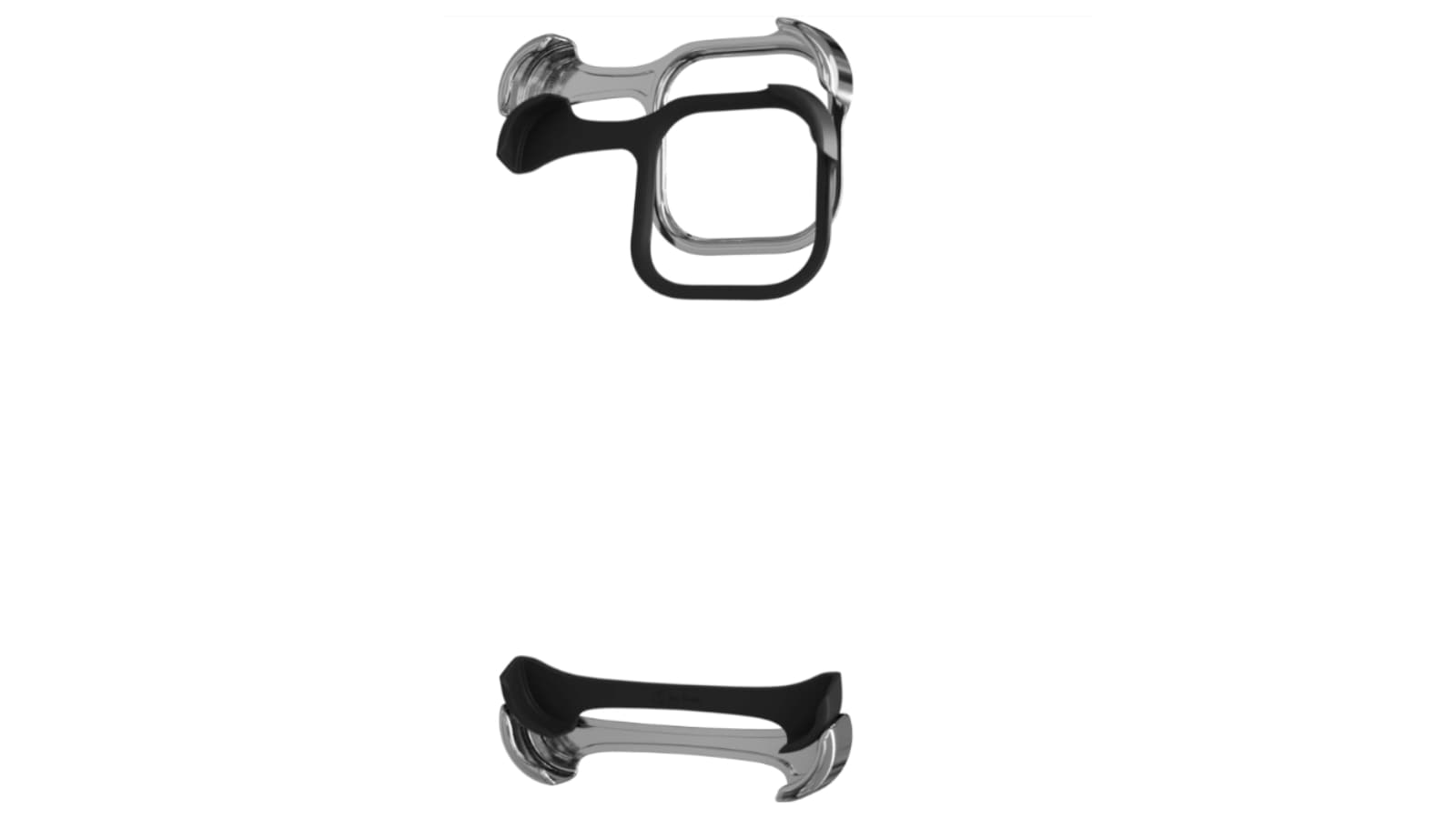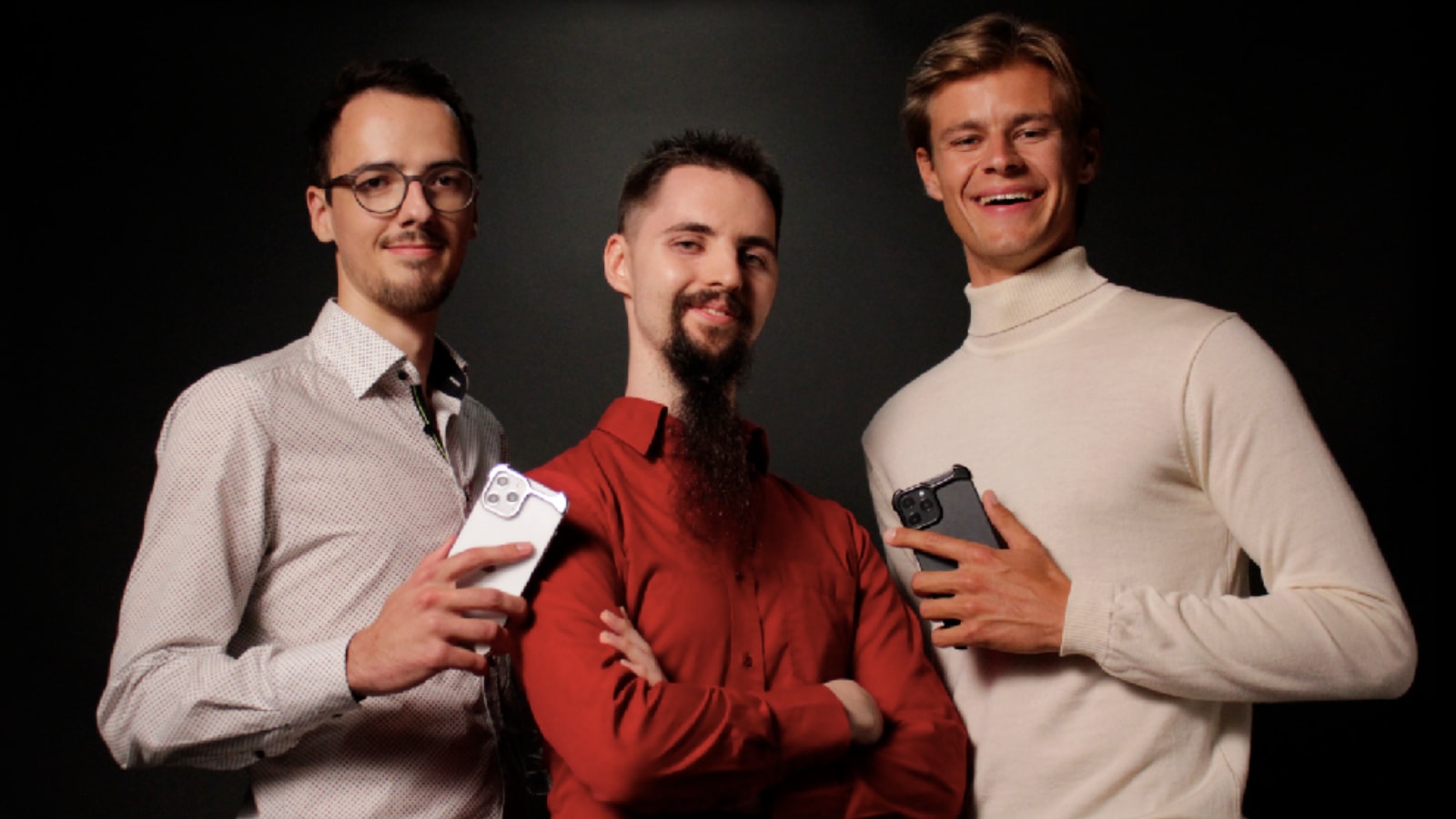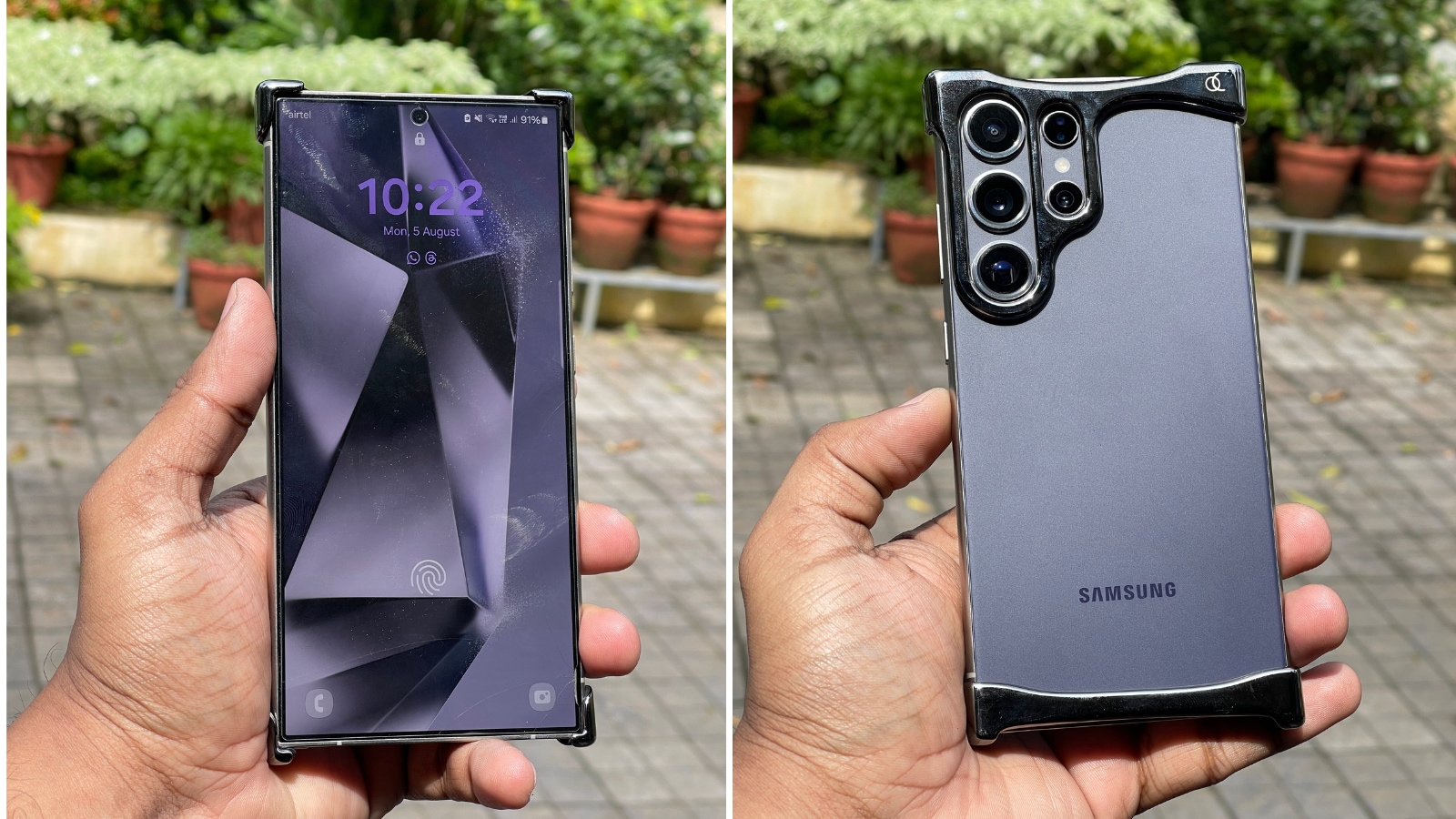From a remote Dutch city to global fashion-tech, the unlikely rise of ‘Arc’
Arc, a Netherlands-based company, has positioned its premium smartphone cases as "jewellery for phones".
 The Arc Pulse for Samsung S24 Ultra. Photo: enter_arc/Instagram
The Arc Pulse for Samsung S24 Ultra. Photo: enter_arc/InstagramThe remote city of Groningen, located in the northern part of the Netherlands, is known for being a hub of research and innovation. But, it is not a place many would expect an unlikely tech revolution, especially in hardware, to be brewing. Three young entrepreneurs––Niclas, Moritz and Tom––all of them originally from Germany, but settled in Groningen, are building a multi-million brand at the intersection of technology and fashion.
Arc, their brainchild, was born in 2019, and within a few years––punctuated by the COVID-19 pandemic––the premium smartphone accessory business evolved from a university passion project to a thriving venture. Their main offering––the Arc Pulse––a two-piece smartphone case crafted from aerospace-grade aluminium, has caught the eye of many celebrities and influencers worldwide. However, their journey was far from smooth.
“When we started, nobody in Europe wanted to invest in hardware,” Niclas recalled. “It was all about Software as a Service (SaaS). We were these kids from a place known more for its natural gas fields than tech startups, trying to convince investors that we could create a luxury tech accessory,” he said, during an exclusive interaction with indianexpress.com.
For the uninitiated, what is the Arc Pulse?
The Arc Pulse is a two-piece metallic smartphone case – one piece goes on the top of the phone and the other on the bottom. Each part has two layers – a metallic outer layer that captures all the impact in case of a fall and distributes it all over the second layer, which is a high-impact elastomer on the inside. These two layers fit to the phone using what is called a “friction fit”. The elastomer slightly shrinks while the case is being put on the phone, and then offers a “snug” fit ensuring the case doesn’t come off.
 The two-layer construction of the two-piece Arc Pulse. (Image credit: Arc)
The two-layer construction of the two-piece Arc Pulse. (Image credit: Arc)
The Arc Pulse has what the company describes as an “essentialist” design, and was built based on the philosophy of “What can be deleted rather than added”. “By deleting, piece by piece, we get more focus, by adding, we add to the chaos,” said Niclas.
The genesis of Arc, the company
Niclas, who was studying psychology at Groningen University, crossed paths with Moritz and Tom, both pursuing artificial intelligence there. The story of Arc began when Moritz had a spark of innovation that rose from a common frustration – the paradox of putting beautifully-engineered premium smartphones in cheap plastic cases. “Moritz was always the problem solver among us. He couldn’t see an issue without trying to fix it,” Niclas said.
 Tom, Moritz and Niclas, the founders of Arc. (Image credit: Arc)
Tom, Moritz and Niclas, the founders of Arc. (Image credit: Arc)
“I remember visiting their student apartment,” Niclas recalled with a laugh. “Moritz had this tiny room, maybe seven or eight square meters, with a bunk bed. And under that bed was a massive curved screen and a 3D printer. That’s where it all began,” he said.
Moritz, who learnt CAD on his own, began prototyping what would become the Arc Pulse.
From dorm room to drawing board
The early days, of course, were filled with trial and error. Many iterations were 3D printed, tested and discarded. “Before we even got to 3D printing, Moritz was ordering plastic phone cases and cutting them up with scissors and razor knives,” Niclas said. “He was determined to find the perfect shape, the perfect fit.”
One evening, Moritz told Tom and Niclas that the prototype had been “selling itself,” whenever he kept his phone on the table. People asked what it was and told him why it’s a great product. That is when the trio decided to take the product to the market.
Designing and producing a product that will fulfil its purpose––offering protection to premium phones––but also meeting aesthetic standards is no small feat. “The tolerances we work with are incredibly small,” Niclas said. “We’re talking about micrometers. It’s the only way to ensure a perfect fit without using adhesives.”
This also extends to the choice of materials as well. The team experiments with various grades of aluminium, each chosen for its specific properties – durability without being too brittle, strength without being too heavy.
 The Arc Pulse on a Samsung S24 Ultra. (Image credit: Vivek Surendran/The Indian Express)
The Arc Pulse on a Samsung S24 Ultra. (Image credit: Vivek Surendran/The Indian Express)
The crowdfunding leap
With a promising prototype in hand, the founders faced their next challenge: funding. In an environment dominated by software startups, hardware was a hard sell, especially in Europe. However, undeterred, the team gave a shot at crowdfunding. Their campaign on Indiegogo, a crowdfunding platform for entrepreneurs, proved a turning point, not just for raising funds, but also for validating their concept.
“The success of that campaign was eye-opening. It showed us that there was a real demand for what we were creating,” Niclas said. Arc, subsequently, found investors and raised an undisclosed amount in Series A round of funding.
Redefining the accessory
Arc, according to Alex Moore, the company’s head of content, isn’t just selling phone cases. They’re selling an experience, a fashion statement. “We don’t see our product as just a phone case. It’s jewellery for your phone. People spend thousands on watches or sunglasses. Why not invest in something you interact with more than anything else in your daily life?” asked Moore.
Moore also said Arc is possibly the only premium product which is a “need” rather than a “want”.
This unique positioning helped shift perspectives on the product––from utility to luxury––and it resonated with consumers, especially in the United States that quickly became Arc’s biggest market. “Our customers understand that their phone is an extension of their personal style,” Niclas said. “They want something that enhances the design of their device, not hides it.”
View this post on Instagram
Criticism and challenges
The Arc Pulse, while it manages to be a head turner and often a conversation starter, has been frowned upon on its price and repeatedly questioned whether it provides adequate protection. We have found criticism online that while the product offers a good amount of protection on the top, bottom, back and sides of the phone, it may not be able to perform well when it comes to the screen, if the phone falls flat on its face, especially on uneven surfaces.
When asked about this, Niclas said, “We are measuring such instances (screen breakages), and it’s an incredibly low number. It’s a case designed for city environments, and we don’t necessarily target trail runners. 90 per cent of the phone cases will expose the screen, we do recommend using a good screen protector along with the Arc Pulse.”
View this post on Instagram
The Arc Pulse also made its way to Reddit forums. One of the questions there was about cheap knock-offs of the design. Elaborating on this and on whether Arc “fears” knock-offs selling more, Niclas said, “Yes, we did find a few knock-offs, we have a couple of those samples here in our office. They are basically metal shells that are glued onto the phone; you can’t remove them and these cases will transfer the impact directly to the phone, breaking them quickly. So no, we don’t consider that an issue and we are doing great, growing great.”
Arc has now launched its newest product line, in tandem with the launch of the latest iPhone 16 lineup. The new Arc Pulse cases for the iPhone 16 are crafted from titanium, pushing the boundaries further.
“Our titanium case has an Onyx Black finish, and is coated with tungsten carbide––the same material used in armour-piercing tank rounds––and this represents our commitment to merging cutting-edge materials with high fashion,” said Niclas. Only a limited 150 pieces of these are being made available.
View this post on Instagram
Arc is already quite popular in markets like Japan, Mexico, Dubai and London. The brand, according to the founder, is also seeing a lot of interest, particularly in the B2B side, from Southeast Asian countries like Singapore, Hong Kong, Indonesia, Japan, South Korea, Taiwan and Thailand.
On being asked if India will be a focus market, the Netherlands-based manufacturer said that they have received many orders from India after a famous YouTuber reviewed the product, but did not share any India-specific plans.







